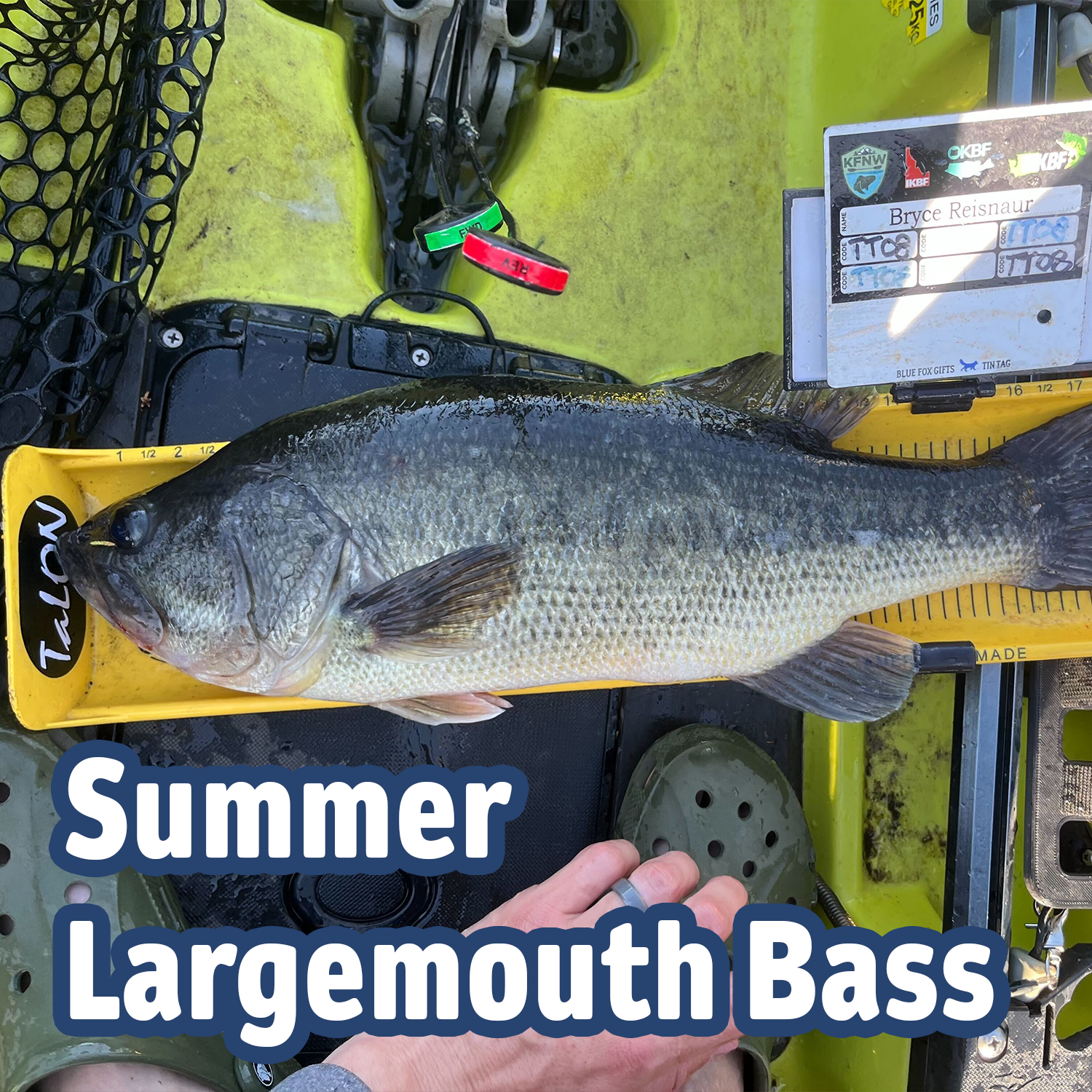Hot, sunny days and short nights not only warm the water for swimming, they can also heat up the bass fishing, if you know where to look and how to target these predators. Key factors to understand are time of day, type of cover, and lure selection. Mastering these can turn a slow day into a productive outing.
Time of Day
Dawn and Dusk: Bass are most active during low-light hours. These conditions allow them to hide and ambush prey more effectively. During these windows, bass often push shallow, making it a great time to throw moving baits.
Midday: As temperatures rise, bass move to cooler areas and seek shade. My preferred places to target are laydowns, overhanging trees, and docks. Freshwater inflows that cool the surrounding water often attract bass, too. Offshore, look for isolated brush piles. These offer both cooler water and a place for bass to hide and ambush prey.
Lure Selection
While many lures can catch bass in the summer, a few stand out for their consistency and versatility:
Frogs: Perfect for low-light conditions and effective around lily pads, laydowns, and grass. When fishing a frog, pause at openings in vegetation or on the edges, these are prime ambush spots. I fish frogs on a Talon XMW 7’4” rod (10–20 lb line rating) with 20 lb braid.
Soft Plastic Worms: Ideal for skipping under docks or fishing Texas-rigged near laydowns. When targeting bigger bass on humps or ledges, I drag a ribbon-tail worm on a Carolina rig. The tail's movement is irresistible, especially to finicky bass. It’s a subtle presentation that works wonders.
Jigs: Jigs are excellent crawfish imitators. They may not get as many bites, but they often attract bigger fish. Target submerged trees, stumps, rock piles, and grass clumps. I like to drag the jig with occasional quick snaps of the rod tip to create an erratic motion, great for triggering reaction bites. When your line tightens, reel in the slack and set the hook hard. With proper hooksets, jigs rarely lose fish. Bladed jigs (like Chatterbaits) are another option. Instead of dragging them, retrieve steadily next to cover, or yo-yo the bait through grass or alongside laydowns. For bladed jigs, I use a Talon XMW casting rod (8–17 lb) with 15lb fluorocarbon.
Dropshot: One of the most effective techniques for both numbers and size. The dropshot shines around finicky bass, especially on points and ledges. Avoid thick cover like trees or lily pads to prevent snagging. I usually use a 6” leader, shortening it in stained water and lengthening it in clear water. For largemouth, I prefer a 1/0 hook with a 6–10” worm. In deep water or under docks on hot days, give the rod tip a light shake and be ready for the strike.
Final Thoughts
Regardless of the hot sun and overheated weedy waters, largemouth are still worth venturing out for. More work may be required to locate the bass and figuring out what lure they want, but it is still a great time to go catch largemouth.

